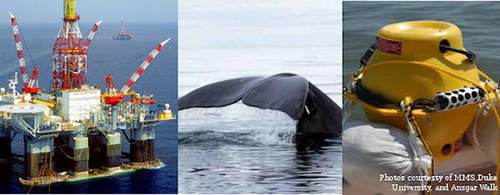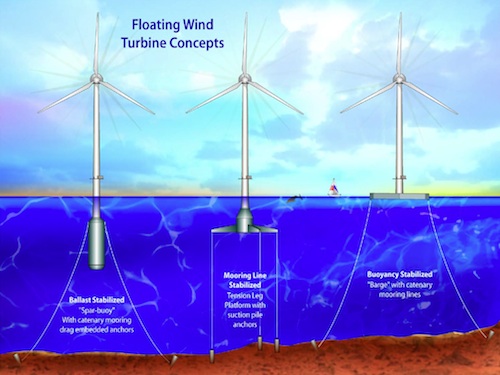Marine Spatial Planning: Getting real about ocean zoning
Default, Ocean, Science, Wind turbines Comments Off on Marine Spatial Planning: Getting real about ocean zoningAs the Obama administration moves toward completion of its ocean policy and planning blueprint, it’s becoming clear that the new kid on the block has grown into a dynamic young adult, ready to change the shape of ocean planning forever. Marine Spatial Planning (MSP) is taking a central role in the ocean task force’s work, and a recent symposium on MSP put together by NOAA’s Office of National Marine Sanctuaries offers a great introduction to the power of this approach. At its root is a simple idea, one we’re very familiar with after decades of zoning on land: let’s identify which areas offer the best opportunities for fulfilling each of our goals and needs in the sea, then use this information to focus each activity in areas where it will have the least cumulative impact on other priorities. Where are the regions most important for each species’ reproduction and feeding? Which areas have the best possibilities for wind energy? Where is shipping concentrated? How about recreational diving and near-shore boating? Navy training, underwater cables, key fishing grounds, and all other ocean uses are mapped into layers, from which we can make informed choices about where to focus each activity.
The link above will take you to a page from which you can see the full agenda and topics considered at the symposium; I found the following three presentations to be especially useful in getting a sense of this new field:
Steven Murawski, Ecosystem Goal Team Leader for NOAA, offered a good overview of the science and planning elements that are being developed. Of special note is the inter-relation between MSP and new “Integrated Ecosystem Assessments,” which can provide much of the data needed to make good choices about how to use each area in MSP.
Charlie Wahl of NOAA’s Marine Protected Areas Center introduced work developing a regional Ocean Uses Atlas for the west coast. Drawing on both scientific data and workshops at which key stakeholders (fishermen, kayakers, etc.) identify areas most important to them, the Ocean Uses Atlas culminate in maps showing, for example, how many other uses co-exist in areas where offshore wind farms may be built. The maps show that in some places, up to 17 other uses are trying to co-exist, while there are other places where only one or two other uses target the same area. When combined with wind resources data, wind farms can be targeted for the “holes” in the conflicting uses maps.
Finally, Sally Yozell, Director of Marine Conservation for The Nature Conservancy, presents a national picture, with some extra focus on the east coast. The TNC has taken the initiative of compiling a slew of existing data on biologically rich areas, wind, wave, and tidal energy, and other ocean uses to create first drafts of maps similar to those that the MPA center has developed for the west coast. (TNC is also actively working on a similar approach to alternative energy siting on land, especially with wind in the midwest.)





